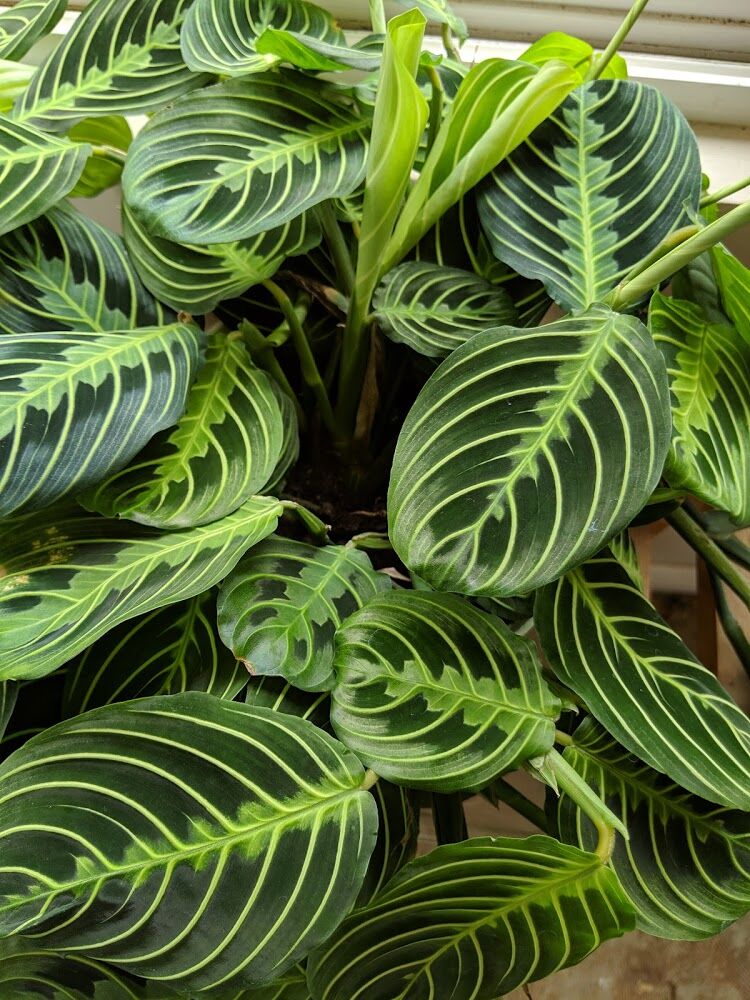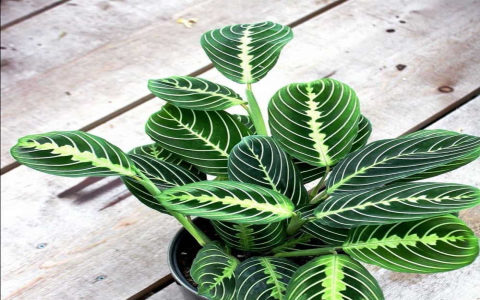Okay, so I’ve been messing around with this prayer plant for a while now, and let me tell you, it’s been a bit of a journey. I started this whole thing ’cause I wanted to see if I could figure out the best temperatures and seasons for these guys. You know, they’re kinda picky.
Getting Started
First, I got myself a prayer plant. Nothing fancy, just a regular one from the local nursery. I made sure it looked healthy, no yellow leaves or anything. Then I brought it home and found a spot for it in my living room. It wasn’t too sunny, but it wasn’t dark either. A nice, middle-ground kind of spot.

Experimenting with Temperatures
Now, the temperature thing. I knew these plants are from the tropics, so they like it warm. I started by keeping my apartment around 70-75 degrees Fahrenheit during the day. At night, I let it drop to about 65. I tracked the temperature with a little thermometer I stuck in the soil.
- Monitored the plant’s reaction. I was looking for any signs of stress, like drooping or browning leaves.
- Adjusted the temperature slightly. I bumped it up a couple of degrees, then lowered it a bit, just to see what would happen.
- Noticed that the plant seemed happiest when the temperature was consistent. It didn’t like big changes.
Figuring out the Seasons
Then came the seasons. During the summer, it was pretty easy. The temperature was naturally warmer, and the days were longer. The plant thrived. I watered it more frequently because the soil dried out faster.
When winter rolled around, things got trickier. The air in my apartment became super dry because of the heater. I bought a humidifier and placed it near the plant. That seemed to help a lot. I also reduced watering since the plant’s growth slowed down.
What I Learned
So, after all this, here’s the deal: Prayer plants are pretty chill as long as you keep them warm and don’t let the temperature swing too much. 70-75 degrees during the day and around 65 at night seems to be the sweet spot. And don’t forget about humidity, especially in the winter. A humidifier can be a real lifesaver.
I kept doing this, tweaking things here and there. It was a lot of trial and error, but eventually, I figured out a routine that worked. My prayer plant is now pretty happy, and I’m happy too. It’s been a fun little project, and I’ve learned a ton about these fascinating plants. They’re not as complicated as they seem, you just gotta pay attention to what they need.
It is not a simple plant, but if you try you can be able to do it too! Trust me, It is totally worth it!



















